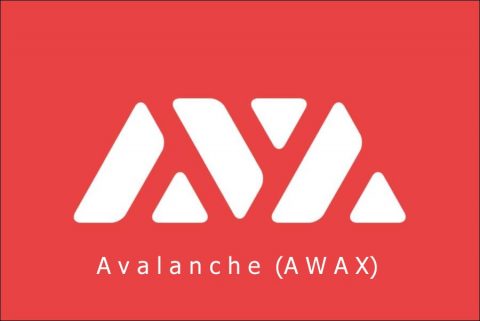Avalanche (AVAX) is a blockchain project that provides infrastructure for decentralized finance (DeFi) applications, digital assets, trading platforms and similar services. It allows anyone who wants to produce their own blockchain, digital asset or cryptocurrency on the decentralized platform without the need to develop a new blockchain.
Cornell University Professor Emin Gün Sirer, one of the developers of the Avalanche project and CEO of Ava Labs, is one of the influential names in the blockchain and cryptocurrency ecosystem.
How Avalanche (AVAX) Works?
The Avalanche project consists of three different chains. The main chain, X-Chain (Exchange Chain), is used to manage other digital assets on the blockchain, especially AVAX. P-Chain (Platform Chain) is used in the AVAX network to manage the Validators that verify transactions and the underlying data in the network, and to create subnets connected to the blockchain. C-Chain (Contract Chain) is the smart contract network of Avalanche network and is an Ethereum Virtual Machine (EVM) implementation. The Contract Chain on Avalanche can be used like the Ethereum network.
The main chain on the network uses the Proof of Stake based Avalanche consensus protocol customized for the blockchain. Tuned for the Avalanche blockchain, this protocol offers high scalability, decentralization, low latency, and high instantaneous transaction capacity. It is resistant to at least 51% of the processing power on the network being hijacked by malicious cyber attackers, which is one of the major risks for decentralized blockchains, known as a 51% attack. Avalance is one of the most energy efficient blockchain projects as its software works with low system resources and transaction confirmations do not require high processing power.
Platform and Contract chains are secured by the Snowman consensus mechanism. The Snowman consensus protocol was developed based on the Avalanche consensus protocol. The Snowman protocol provides Platform and Contract chains with speed, scalability, security, flexibility and efficiency. Thanks to this protocol, smart contracts can be run on chains. It is possible to create a private or public blockchain on the platform chain.
On the Avanlanche blockchain, where transfer transactions are confirmed in less than 1 second, users can make transfers, create smart contracts and NFT-like digital assets with low transaction fees.
There is no mining on the Avalanche (AVAX) network, but users who want to can become a Validator. To be a validator, it is necessary to run a node and lock 2000 AVAX for a preferred period between 15 days and 1 year. Verifiers who verify and confirm transactions on the network earn AVAX as a reward.
Users can earn additional income by delegating their AVAX balances to Verifiers. By assigning at least 25 AVAX to your preferred Verifier for a period of between 15 days and 1 year, you can get a share of the Verifiers’ revenues. Verifiers charge at least 2% of the AVAX balance delegated by users. When making a delegate transaction from your Avax wallet, you can choose the transaction fee of the Verifier you choose, by seeing the remaining time of the node.
How to Store Avalance (AVAX)?
Avalanche (AVAX) is a cryptocurrency with its own blockchain. You can manage your AVAX balances from Avalabs’ Avalance Wallet web interface. We remind you that when you create an Avalanche wallet with the Avalanche web wallet service, you must safely store the 24-word keyword phrase. Keywords are used to access the wallet. You can also access your wallet using the private key and encrypted wallet file. The Avax Wallet web service also supports Ledger hardware wallets.
Visits: 84



